The Race to Red List the World’s Trees
-
Region
Global -
Programme
Global Trees Campaign -
Workstream
Saving Plants -
Topic
Tree Conservation -
Type
Blog -
Source
BGCI
Currently, we only know the threat status of one third of all tree species, meaning many species in need of conservation are being ignored and left on the path to extinction. Here Megan Barstow and Malin Rivers discuss how the Global Trees Campaign is helping to tackle this issue through an exciting and challenging global initiative.
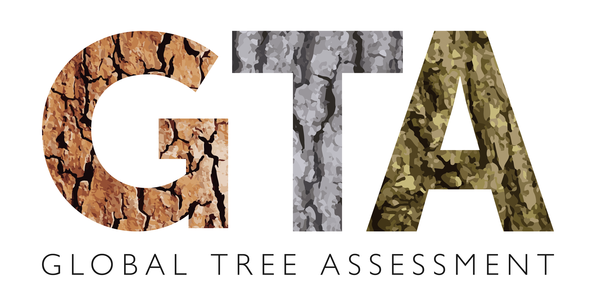
The Start Line
The IUCN Red List of Threatened Species is the most comprehensive source for global conservation assessments for species, however, it only lists 9,602 species of the 60,000 known tree species. Of the listed species, two thirds have been identified as threatened. A further 10,000 tree species have been assessed at the national or regional scales, and are not currently on the IUCN Red List. This still means that we do not know the extinction risk faced by over 66% of tree species. This is essential information to ensure no tree is forgotten, and to know where tree conservation efforts should be targeted and which threats need to be addressed.
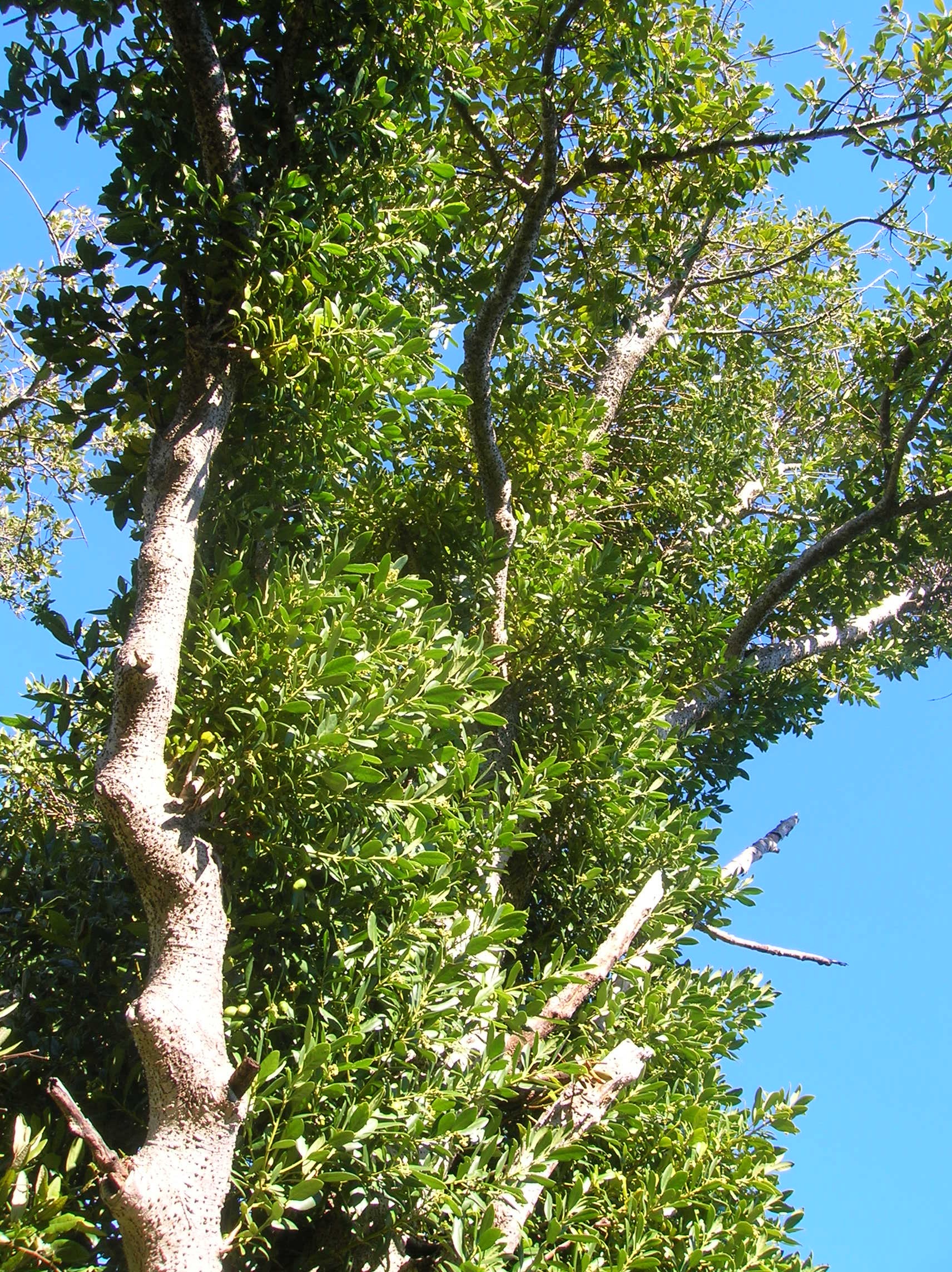
The Race
The Global Tree Assessment (GTA) is an initiative led by Botanic Gardens Conservation International (BGCI), IUCN SSC Global Tree Specialist Group (GTSG) and their partners which aims to tackle this issue. By 2020 the GTA will have a produced a global level conservation assessment for every known tree species. This will inform the work of the Global Trees Campaign (and is doing so already) by providing the information necessary to prioritise tree conservation efforts for species most at risk of extinction; the first objective of the Global Trees Campaign.
Motivation
A large scale assessment of tree conservation status has not been conducted since the publication of The World List of Threatened Trees in 1998, which included nearly 8,000 tree species. This work needs to be expanded and updated to consider the plethora of threats trees face in the 21st century. At an international scale the GTA will deliver on one of the main goals of Global Strategy for Plant Conservation which identifies the need to assess the conservation status of all known plant species, to guide conservation action by 2020.
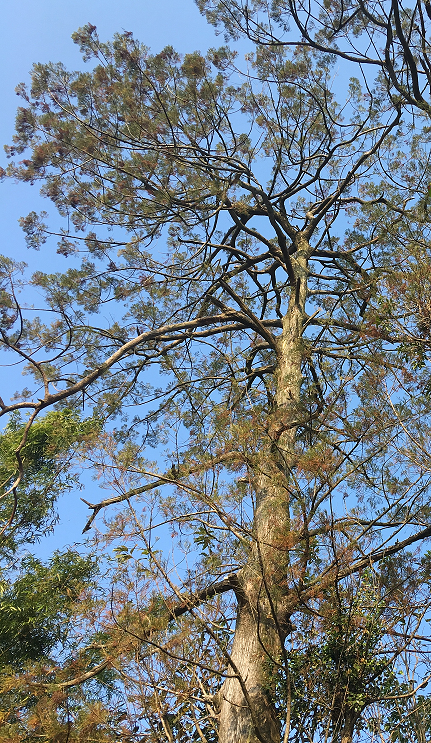
Team Work
In the next three years, the GTA aims to conduct red list assessments for over 40,000 tree species. For each species to be assigned a threat category (see figure 1) essential information will need to be gathered. This includes information on: native range; habitat and ecology; threats; ecological, economic and cultural importance; population size, decline, fragmentation or isolation. It is therefore essential that we engage and develop relationships with those who have this information. Hence, GTC and BGCI will be working with its global network of over 2,500 botanic gardens and arboreta and with the IUCN GTSG to develop partnerships with experts, key stake holders and organisations of all sizes.
To reach the 2020 goal we need to encourage tree red listing efforts. GTC has produced Brief 10 ‘How to red list a tree species’ which aims to help and inform non-specialists of the procedure of red listing. It describes the major steps needed to perform a red list assessment and enables wider involvement of the public in the initiative. Furthermore, GTC conduct red list training to equip individuals with the skills needed to complete assessments. Last year over 20 individuals received red list training, including 11 trainees in Fiji, who are now involved in red listing the archipelago’s flora, after completing red list assessments for 30 trees during the training course.

Achievements so far
The race to red list all of our tree species is already underway. The completion of ‘GlobalTreeSearch’, a comprehensive list of all the world’s tree species (and their country level distribution) will mark the first milestone of the initiative. The list, due to be published in April 2017, will act as a barometer for progress towards the 2020 goal.
December 2016 marked the launch of ‘ThreatSearch’ through collaboration with the National Red List and Royal Botanic Gardens, Kew. This database provides comprehensive list of plant conservation assessments, an important tool for red list assessors. The readily available data from each of these tools will improve red listing efficiency. Through them assessors can discover a species global distribution, its conservation status within this geographic range, or any previous conservation information for this species; building up the knowledge required to produce a global assessment.

Global Trees Campaign has already made significant contributions to the GTA through the publication of 11 regional and taxonomic focused red lists. Most recently this includes the revised Red List of Magnoliaceae, published in 2016, which showed that 48% of Magnolia species are threatened with extinction.
GTC uses red list assessments to prioritise and catalyse conservation efforts. For example, in the Red List of Magnoliaceae, a Chinese endemic, Magnolia sinostellata, was identified as Endangered and there was no conservation action in place to prevent further population decline. As a direct result of this assessment GTC is working with Fairy Lake Botanic Garden to reinforce the species population by planting seedlings in their native habitat.
In 2014 we published the Red List of Betulaceae which identified a species in need of attention in Japan. Betula chichibuensis was assessed as Critically Endangered due to its small population, of fewer than 50 individuals and restricted distribution. As a result in 2016, GTC and Oxford Botanic Garden and Arboretum launched an expedition to locate the species and collect seeds to broaden the genetic diversity of current ex situ collections of the species; this action was a direct result of red listing.
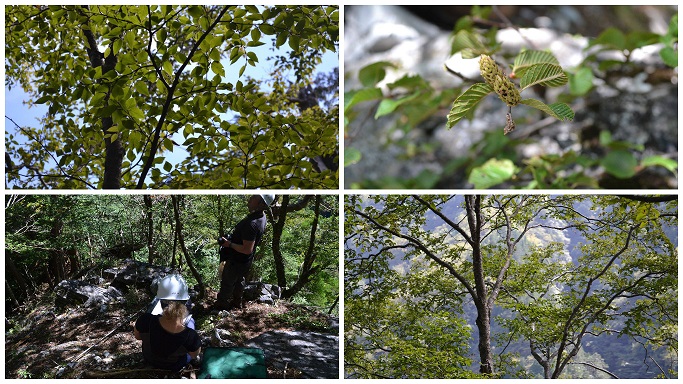
Racing ahead
The development of a robust procedure to identify species that are not threatened (Least Concern) according to international criteria is also in production. This will enable the rapid assessment of those trees which are widely distributed and allow more time to be spent on those species likely to be more at risk which will need more investigation.
Meanwhile, GTC is continuing to make progress towards red listing targets. In 2017, the Red List of Theaceae will be released and all European trees will have been assessed. Action is also underway to red list global timber species with support from IUCN and Toyota. This will produce an invaluable tool to the timber trade and conservationists to promote sustainable logging and guide harvest quotas.
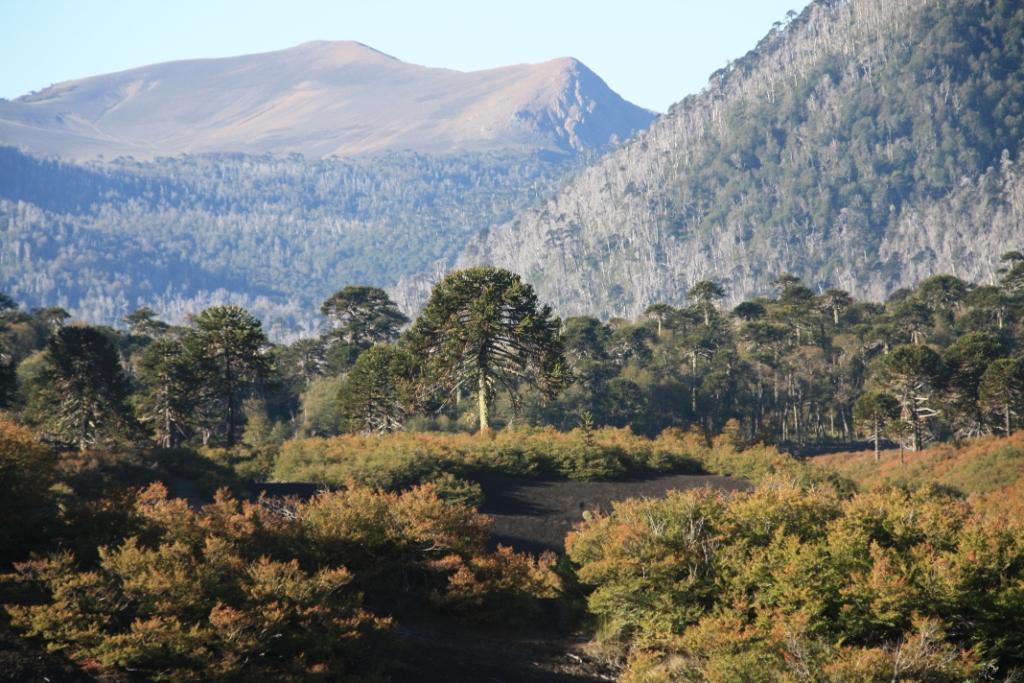
The Finish Line
By 2020, the global conservation status of each tree species will be known. This will provide an invaluable data source for GTC and other tree conservationists and it will catalyse species level conservation action for trees. Also, assessments will act as an essential information source for species, country and regional level conservation planning. This in turn can raise awareness of the plight of trees and leverage funding towards more tree conservation efforts. It will mobilise more people to get involved in tree conservation and enable GTC to expand its important work.
The race is on to complete the world’s biggest ever red listing initiative. The GTA is the first of many steps that will take us towards saving the world’s threated trees from extinction. It is essential that tree experts, organisations and non-specialists continue to collaborate and apply their knowledge to this important initiative.

If you would like to get involved with The Global Tree Assessment, contact redlist@bgci.org.
Resources
How to Red List a tree species
Related Projects
Red Listing the world’s timber species
Red Listing the World’s Oak Species
References
Newton, A., Oldfield, S., Rivers, M., Mark, J., Schatz, G., Garavito, N.T. et al. 2015 Towards a Global Tree Assessment. Oryx 49(3): 410-415
Oldfield, S., Lusty, C., MacKiven, A. 1998 The World List of Threatened Trees. World Conservation Press, Cambridge, UK.
Written by Megan Barstow for GTC. Megan is the Red List Conservation Assistant at Botanic Gardens Conservation International (BGCI), working on the Global Trees Campaign contributing to IUCN Red Lists and communications. Previously she was involved with Global Trees Campaign as an intern working to complete GlobalTreeSearch.
Become a Member
Be part of the largest network of botanic gardens and plant conservation experts in the world by joining BGCI today!
Support BGCI
You can support our plant conservation efforts by sponsoring membership for small botanic gardens, contributing to the Global Botanic Garden Fund, and more!